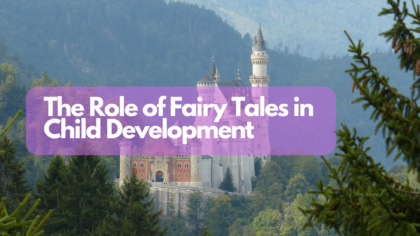
Fairy tales, those timeless stories of magic, adventure, and lessons learned, have long captivated the imaginations of children and adults alike. But beyond their surface charm, fairy tales play a pivotal role in the developmental journey of children. In this article, we will explore the role of fairy tales in child development, their purpose, and how they contribute to effective learning.

What is the Role of Fairy Tales in Child Development?
Fairy tales are not just tools for entertainment; they serve as fundamental instruments in the psychological, emotional, and social development of children. These stories introduce young minds to concepts of right and wrong, good and evil, and the complexities of human relationships in a way that is accessible and relatable. By presenting these themes through enchanting narratives, fairy tales help children navigate their real-world experiences. They encourage empathy by placing children in the shoes of characters from vastly different backgrounds and situations, promoting a deeper understanding of others.
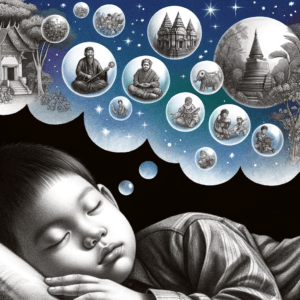
What is the Purpose of a Fairy Tale?
The core purpose of fairy tales is to educate and mold. Historically, these narratives were passed down through generations, imbued with the morals, values, and cultural wisdom of a community. They are designed to impart important life lessons through the guise of fantastical plots and characters. For instance, tales like “Cinderella” or “The Three Little Pigs” teach resilience and the importance of hard work and perseverance against adversity. Essentially, fairy tales are the first exposure children have to the concepts of storytelling, morality, and the broader human condition.

What is a Fairy Tale? Explaining to Kids
To a child, a fairy tale can be explained as a special kind of story that often involves magical creatures like fairies, giants, or dragons, and usually has a happy ending. These stories are set in worlds where anything is possible, and where young heroes and heroines face challenges, find magical helpers, and learn important lessons. They often start with “Once upon a time” and end with “They lived happily ever after,” signaling the timeless and universal appeal of these narratives.

What is the Role of Fairy Tales in Effective Learning?
Fairy tales enhance learning by stimulating the imagination, encouraging creativity, and fostering critical thinking skills. When children listen to or read a fairy tale, they learn to visualize the scenes, empathize with the characters, and predict plot developments. This engagement builds narrative skills and comprehension abilities. Furthermore, fairy tales often feature repetitive motifs and patterns (like the rule of three in “Goldilocks and the Three Bears” or “The Three Billy Goats Gruff”), which help children recognize patterns and improve their memory recall. Moreover, discussing the moral dilemmas and choices characters face in these stories can lead to rich discussions that build verbal skills and ethical reasoning.

Conclusion
Fairy tales are more than just quaint old stories. They are a powerful educational tool that helps children develop empathy, morality, and critical thinking skills. Through the enchanting world of fairy tales, children learn to understand themselves and the world around them, making these narratives a crucial part of childhood development and learning. Embracing fairy tales in educational settings and at home can significantly contribute to a child’s holistic growth, ensuring these stories continue to be a cherished part of our cultural fabric.
This exploration of fairy tales illustrates not just their timeless nature but also their essential role in shaping young minds. By continuing to share these stories, we ensure that future generations continue to learn and grow, just as many have before them.

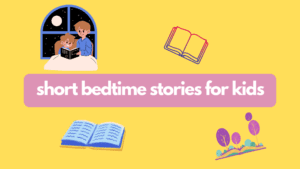
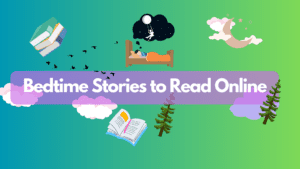

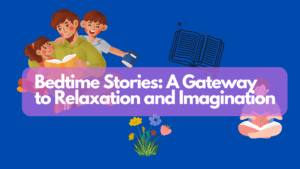
One thought on “The role of fairy tales for kids in developing positive traits”